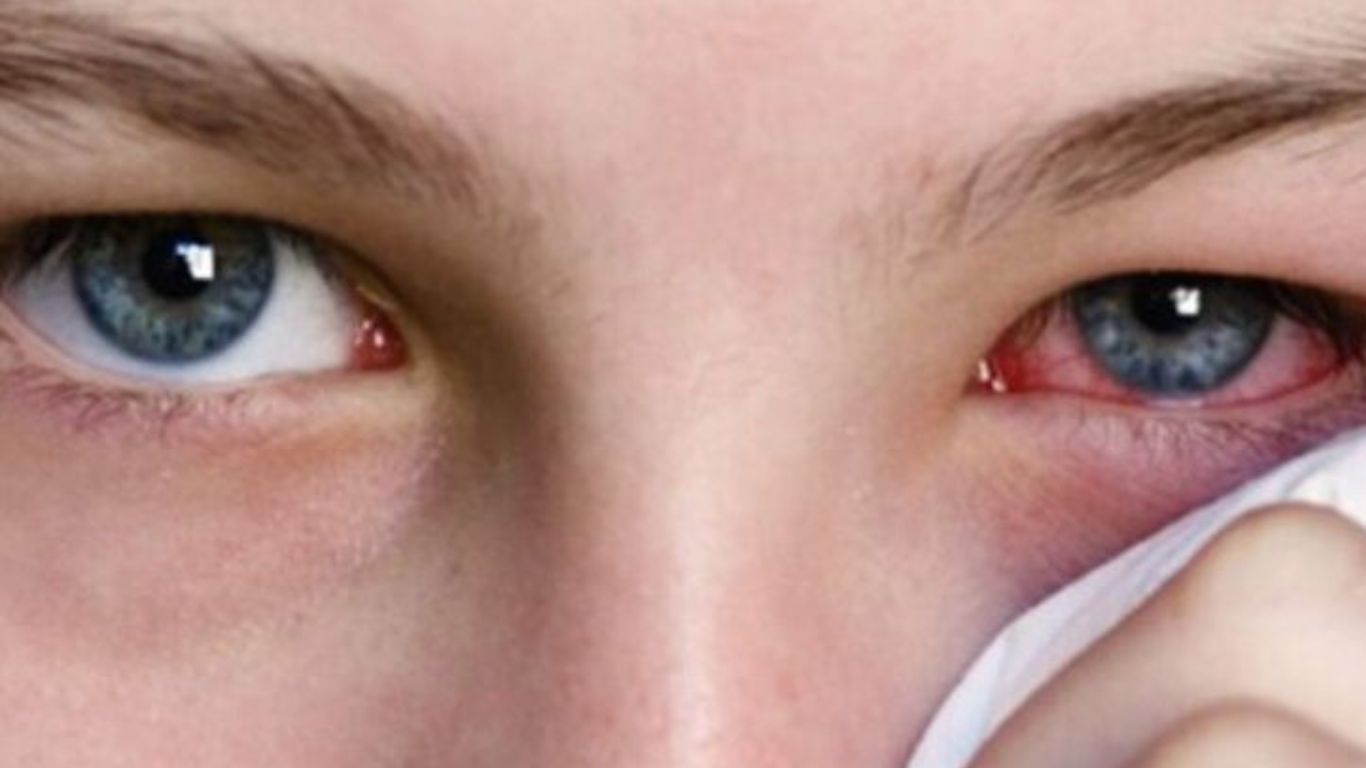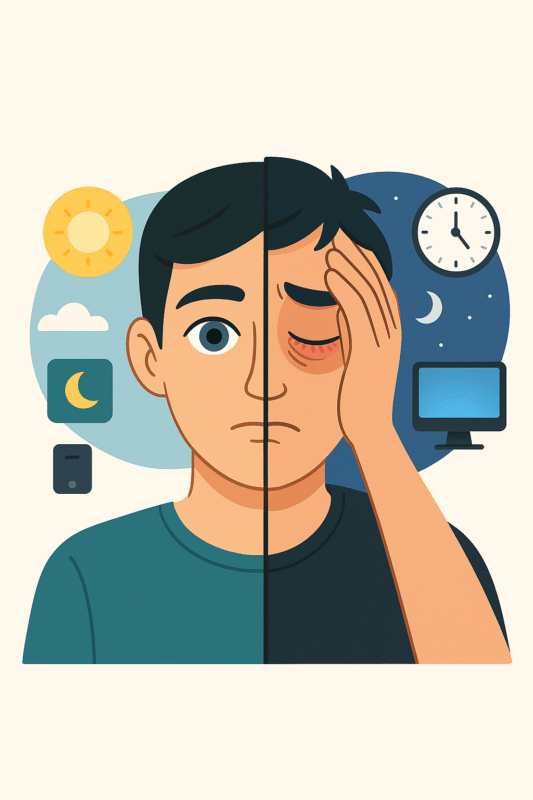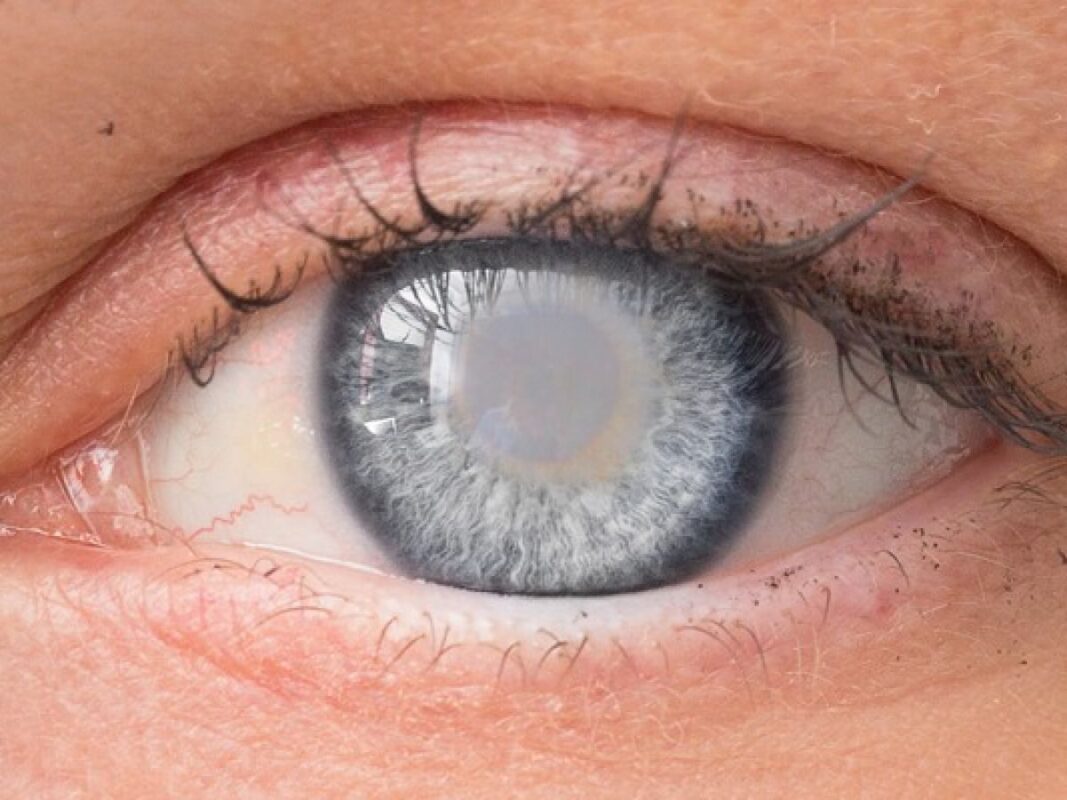Introduction: eye flu symptoms
In our busy lives, our eyes often face the consequences of extended screen exposure, environmental elements, and tiredness. Conjunctivitis, commonly referred to as eye flu, is a prevalent ailment that can impact individuals of all age groups. In this article, we will delve into the symptoms, causes, and solutions for eye flu, equipping you with the knowledge to comprehend and alleviate this uncomfortable condition.

What is Eye Flu (conjunctivitis)?
Eye flu, scientifically referred to as conjunctivitis, is an inflammation of the thin, transparent layer of tissue that lines the inner surface of the eyelid and covers the white part of the eye. It can be caused by various factors, leading to a range of symptoms and discomfort.
eye flu symptoms
Understanding eye flu symptoms is vital for early diagnosis and swift treatment. Here are the key indicators to be aware of:
- Redness in the Eye (Red Eye) One of the primary symptoms of conjunctivitis, commonly known as eye flu, is the noticeable redness in one or both eyes. This redness occurs due to the inflammation of blood vessels in the conjunctiva.
- Excessive Tearing (Watery Eyes) Eye flu symptoms often lead to excessive tearing or watery discharge. This can make it challenging to maintain clear vision and may require frequent wiping.
- Itchy Sensation (Eye Itch) An itchy or gritty feeling in the eye is a common complaint among individuals with conjunctivitis. This discomfort can be quite bothersome.
- Swollen Eyelids (Puffy Eyelids) Swelling of the eyelids can occur in certain instances due to inflammation in the conjunctiva. This swelling can result in a puffy appearance around the eyes.
- Sensitivity to Light (Photophobia) Eye flu symptoms can cause increased sensitivity to light, a condition known as photophobia. Bright lights can be particularly painful during an episode of conjunctivitis.
- Discharge A sticky, yellow, or green discharge may form, especially in cases of bacterial conjunctivitis. This discharge can crust over the eyelashes and be uncomfortable to remove.
- Blurred Vision Severe cases of eye flu symptoms can lead to blurred vision, which can make daily tasks more challenging.
Understanding these symptoms can help you recognize and address eye flu promptly, ensuring better eye health.
Causes of Eye Flu
Understanding the root causes of conjunctivitis is essential for prevention and effective treatment. There are various factors that can contribute to the development of eye flu:
- Viral Infections The most common cause of eye flu symptoms is viral infections, often associated with the common cold or influenza. Viral conjunctivitis is highly contagious and can easily spread through direct contact or shared objects.
- Bacterial Infections Bacterial conjunctivitis is a result of bacterial infection and typically leads to more noticeable eye discharge. Maintaining proper hygiene is crucial in preventing its transmission.
- Allergic Reactions Allergies to substances like pollen, dust, or pet dander can trigger allergic conjunctivitis. This form of conjunctivitis is characterized by redness, itching, and excessive tearing.
- Irritants Exposure to irritants such as smoke, chlorine in swimming pools, or harsh chemicals can provoke irritant conjunctivitis, causing discomfort and eye inflammation.
Understanding these different causes of conjunctivitis enables individuals to take proactive steps in preventing its occurrence and seeking appropriate treatment when needed.
Remedies and Treatment : eye flu symptoms
Thankfully, most cases of conjunctivitis can be managed effectively with home care and, in some instances, medical treatment. Here are some remedies and treatments to consider:
Hygiene and Prevention
Practicing good hand hygiene, avoiding touching your face, and not sharing personal items can help prevent the spread of eye flu, especially in cases of viral or bacterial conjunctivitis.
Warm Compresses
Applying warm compresses to the closed eyelids can provide relief from discomfort and help reduce swelling.
Artificial Tears
Artificial tears available without a prescription can effectively lubricate the eyes, providing relief from dryness and irritation.
Prescription Medications
In cases of severe or persistent eye flu symptoms, prescription medications such as antiviral or antibiotic eye drops may be necessary. Seek advice from a medical expert for proper guidance.
Author Details:
Dr. Sushruth Appajigowda holds a prominent position as a Cornea, Cataract, Glaucoma, and LASIK Surgeon in Bangalore. He serves as the chief Cataract and Refractive surgeon at Vijaya Nethralaya Eye Hospital, Nagarbhavi Bangalore. Renowned as one of the finest LASIK surgeons nationwide, he brings with him over 12+ years of experience across multiple LASIK platforms, including ZEISS, ALCON, SCHWIND, AMO, and Bausch and Lomb. Having successfully conducted over 5000 LASIK procedures, Dr. Sushruth holds the title of a Certified Refractive Surgeon and a Fellow of the All India Collegium Of Ophthalmology. Furthermore, he stands as a distinguished speaker at various National and International Forums, using his expertise to guide you in selecting the most suitable procedure based on your health requirements.

Conclusion: eye flu symptoms
Eye flu, also known as conjunctivitis, is a prevalent eye ailment that, while uncomfortable, is typically not severe. By understanding its symptoms, causes, and potential remedies, you can effectively address and even prevent this condition. Prioritizing good hygiene and seeking advice from a healthcare professional if symptoms persist or worsen is essential for maintaining eye health.











